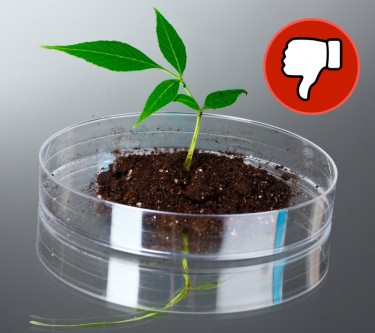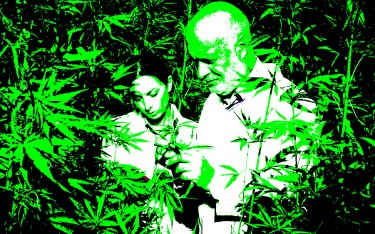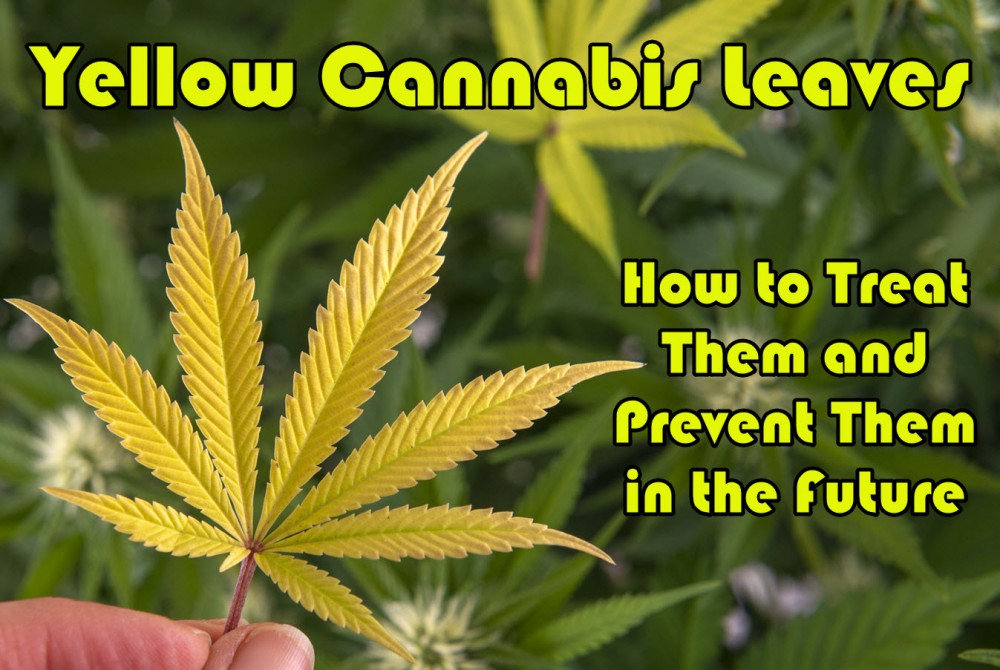An Elusive Pathogen Is Damaging Cannabis Crops. Here’s How To Fight It!

The cannabis growing process requires much expertise on the needs of the plants and diseases that plague the plant. This is why the growing process should be handled by experts who know the common threats the plant faces and new ones they may be at risk of. Cannabis growers hoping for success should be aware of a new and elusive pathogen that is ravaging the marijuana and hemp industry presently. The new disease that has surged through many marijuana and hemp farms in the US is known as Hop latent viroid (HpLVd). Read on to find out more about this potent pathogen, and how to protect your cannabis plants from it.
A Detailed Breakdown of Hop Latent Viroid (HpLVd)
One mistake that is commonly made with viroid is to regard them as viruses. A viroid though similar to viruses in some respect is different because it is q plant-specific pathogenic RNA. HpLVd was first publicly announced as a threat to marijuana and hemp plants in California sometime in 2019. Many are however of the thought that the viroid has been present in the production system of marijuana long before 2019. This is because since 2014 different cannabis plants have been suffering considerably from stunted growth, lack of trichomes, and lack of secondary metabolites. Much of these were chalked up to the effects of nutritional stress, heat, or effects of insects but the research on HpLVd shows it might have been the culprit.
With little being known about the viroid in the early years of cannabis production, testing for the viroid was not common in the industry. Likewise, while legalization across different states was seen in 2012 and after the 2018 Farm Bill, plants from California were conveniently transported to other states without proper testing. This made some of these plants carriers of the viroid across state lines in the country and helped promote its spread in the industry.
Sanitation is key
The growth of the viroid and subsequent research has shown that sanitation is key to stopping the development of this pathogen in the industry. The cannabis industry is having to pay a high cost for the lack of proper sanitation and quarantine protocols that should have been put in place. The necessary inspection was not being done on grow houses and plants yet growers kept on developing new varieties. This helped foster the invasion of HpLVd into the production system and has resulted in the situation we have presently.
The major mechanism of the spread of HpLVd is through the tools and gloves used during the growing process. There is a possibility of transmission through insects too but little is known regarding that mode of transmission. More studies are being done to know the full extent of the mode of transmission. Presently, the lack of sanitation of tools has been identified as a major factor for the propagation of the viroid.
Proper sanitation of tools with disinfectants will help to slow down the spread of this elusive viroid. Cannabis growers are known to use alcohol for the disinfection of tools. Though effective for some microorganisms, alcohol is not advisable when dealing with viroid and viruses on tools. This is why it is advisable to make use of a 10% household beach solution which is more effective. Experience in the horticulture and agriculture industry has shown this is more effective than 70% of isopropanol/ethanol used in the cannabis industry.
Latency of the viroid
One unique property of HpLVd which has made it elusive over the years in the cannabis industry is its latency. This is a big problem because the viroid can be in the production system and spread sufficiently without the plants showing symptoms. Plants tend to test positive for the viroid and still show no physical symptoms over time. This makes it very hard for growers to quantify the problems associated with this infection. Some growers are also known to simply associate deleterious effects noticed in plants to genetics, fertility issues, insect damage.
The asymptomatic nature of the viroid allows the transmission to be continuous without the grower knowing. 10 to 30% of the plant is then lost due to what appears to be an effect of secondary stress such as heat, nutrition, or pests. There are also instances where the effects of the secondary stress do not come to play and the asymptomatic plant before symptomatic over time. Research is still being done to understand this progression and physical attributes that can be used to identify the presence of the viroid in plants.
Mother stocks might be helping the viroid
The use of mother stocks is a common practice in the cannabis industry that might be helping the spread of the viroid. Mother stocks are used as a continuous source of tissue cultures to propagate new generations of the plant. This poses a big problem as these mother stocks are not adequately tested for the presence of the viroid and they can inadvertently send the viroid to other production systems. If this method is to be used continuously, care should be taken to ensure they are free of such diseases.
Testing is paramount
The only way to ensure that mother plants are free of HpLVd is to ensure proper testing procedures in the industry. This will easily serve as a standard and will apply to Botrytis, powdery mildew, and other cannabis diseases. Heading into the 2021 season, adequate testing is important if the spread of this elusive viroid is to be halted.
Testing for viroid can be done using Polymerase Chain Reaction (PCR) tests. PCR is a molecular biology technique that is used to detect the presence or absence of a specific DNA or RNA sequence in a sample. The sequence of a known viroid or virus is used to design the particular PCR method for such a viroid. Samples of HpLVd can easily be taken and used to design PCR methods for detecting them in plants. PCR methods also differ in sensitivity as some are more sensitive than others. Probe-based quantitative PCR is an example of a very sensitive PRC design that can be used for such tests.
Bottom line
HpLVd is a very troublesome viroid that threatens to decimate the marijuana industry but with proper sanitation and testing, its spread can be halted.
CANNNABIS AND VIRUSES, READ MORE..
HOW DO YOU FIGHT HOP LATENT DIEASES, READ THIS!

.jpg?width=800)






